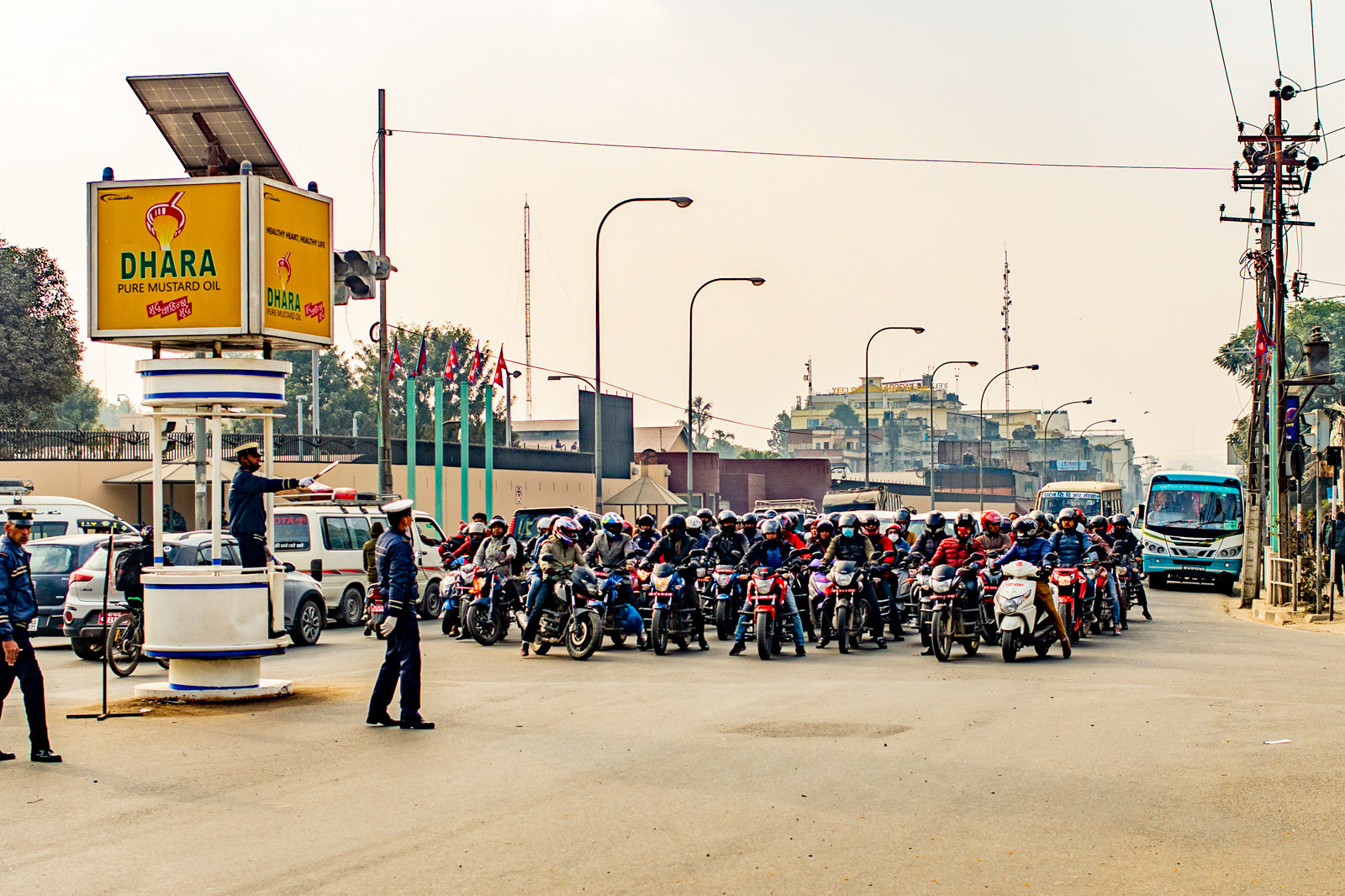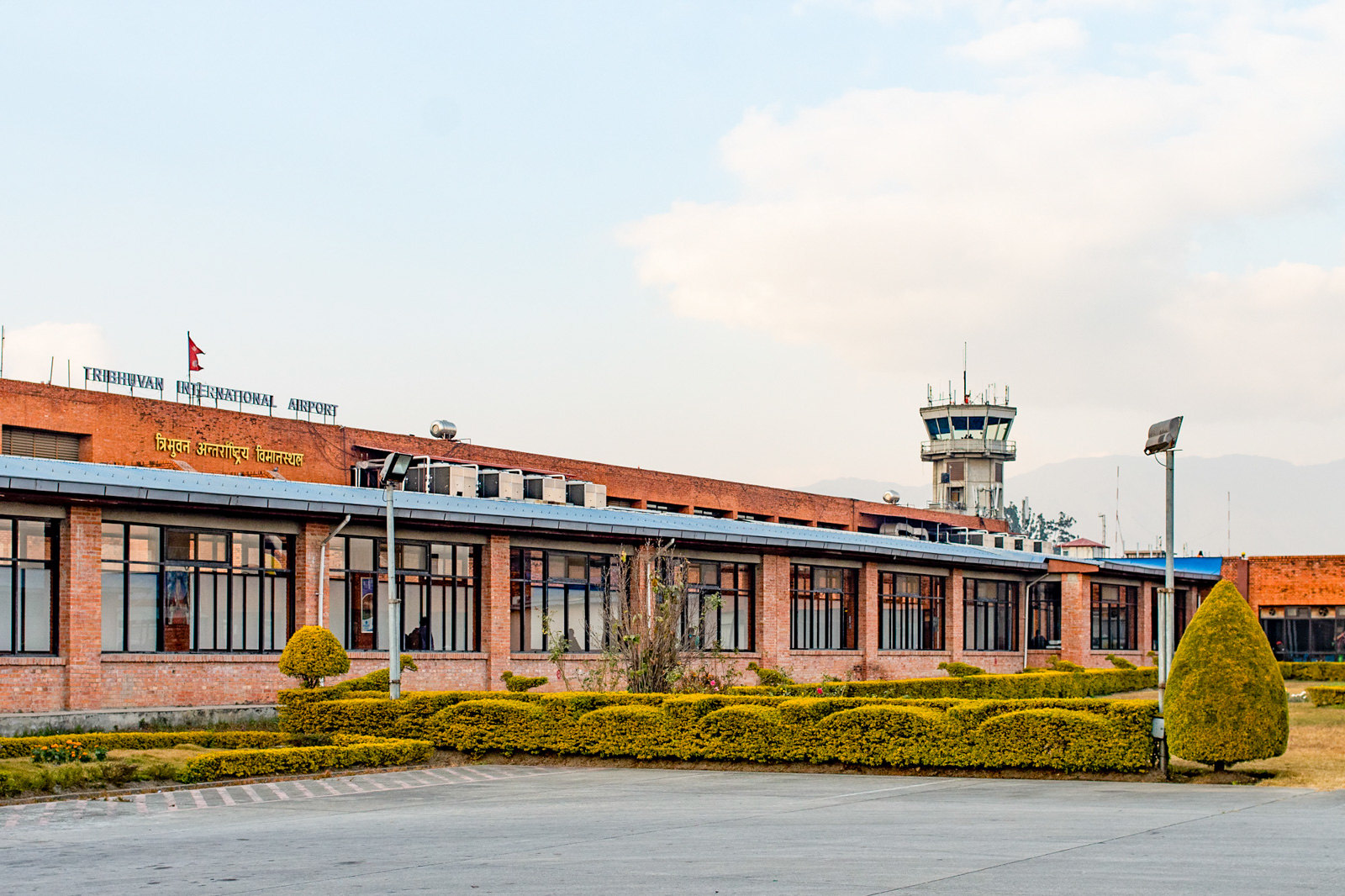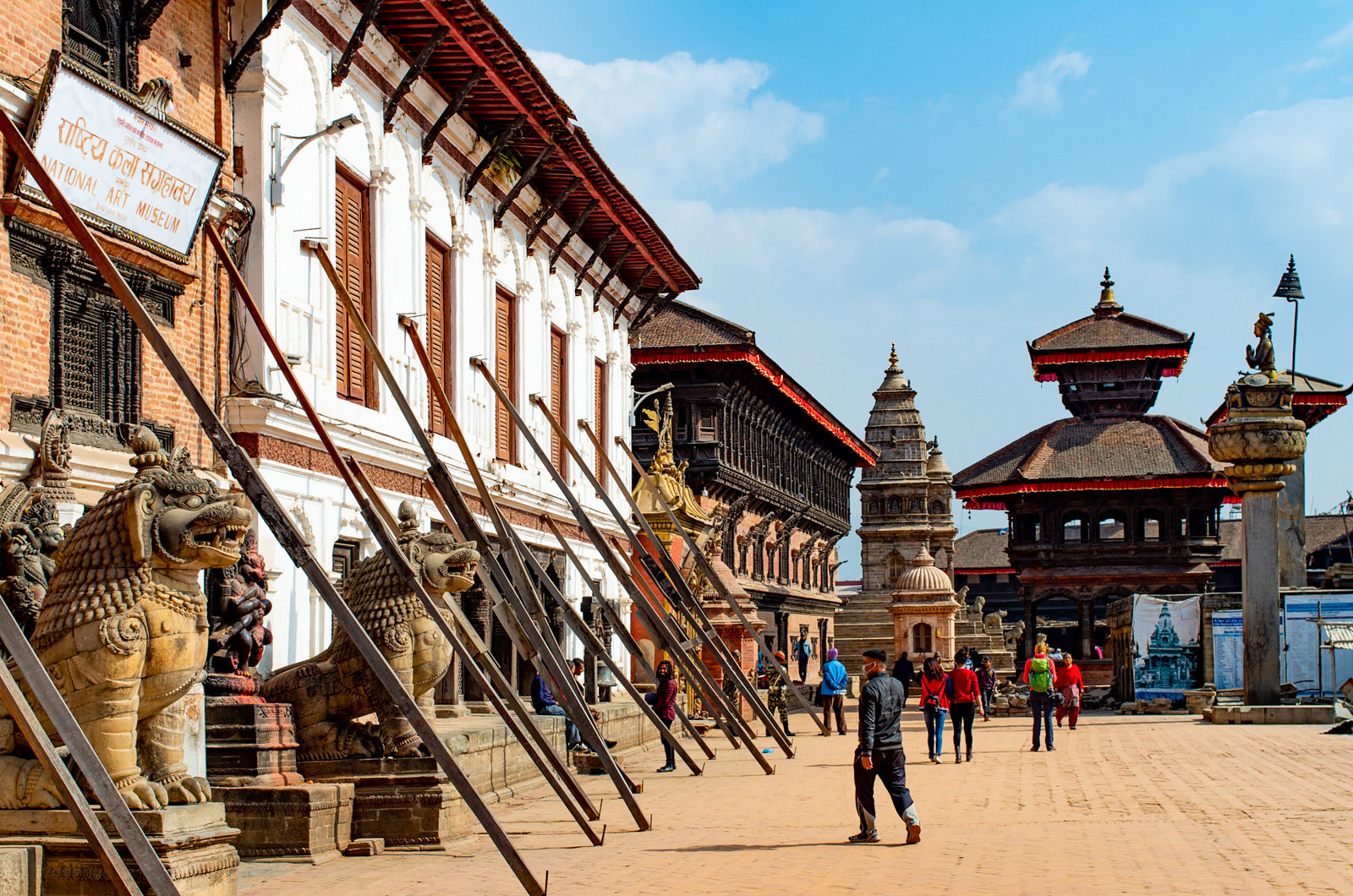Quick heads‑up, fellow travelers: Hit the Road Ket contains some affiliate links. Book through them and I earn a small commission at no extra cost to you – fueling my caffeine fix and future travels! For more details, see my Disclosures.
Kathmandu Valley is the heart of Nepal. The area has been inhabited since as early as 3rd century BC. The valley became prosperous since 5th century AD, however its peak was during 15th-18th centuries AD.
Kathmandu valley is listed, as a UNESCO World Heritage site with 7 groups of monuments:
- The Durbar Squares of Kathmandu;
- Patan;
- Bhaktapur;
- Pashupatinath;
- Changunarayan;
- Swayambunath;
- Boudhanath.
The itineraries I suggest are more oriented towards cultural trip, rather than hiking. When I was planning visiting Nepal, my main focus was culture, as we aren’t avid hikers, although we love mountains. Therefore, all of the UNESCO World Heritage sites are included in the itinerary below. You can find the list of entrance fees here.
Most people only spend a day or 2 in Kathmandu and then venture to mountainous areas, hardly caring what this valley has to offer. If you, like us, are interested in the culture, architecture and people, then definitely give it more time.
- Several tips for planning your itinerary
- Short summary of the itinerary
- Arrival day
- Day 1: Explore Central Kathmandu: Durbar Square, Swayambunath, Garden of Dreams, and Narayanhiti Palace
- Day 2: Patan (Lalitpur) and Kirtipur
- Day 3: Bhaktapur, Changunarayan, and Thamel
- Day 4: Nagarkot
- Day 5: Monasteries (Kopan, Khawalung Tashi Choeling, Shechen), Boudhanath (and Surrounding Monasteries, Particularly Guru Khakhang), and Pashupatinath
- Additional days
Several tips for planning your itinerary
- To get around, you only have 2 options, the overcrowded buses or minibuses (normally running from Kathmandu Ratna park) or a taxi. To get a taxi, either hail it on the street or use the app (this is less of a hassle).
- Traffic in Kathmandu valley is crazy. Hardly anyone ever follows any traffic rules, so be always aware of your surroundings, while walking on the narrow roads or crossing a street. Especially problematic are the numerous motorcycles.

- None of the sights you will be seeing in Kathmandu Valley need to be prebooked.
- People generally are very nice and welcoming. The vendors will keep nagging you, but they aren’t as bad as in some other countries. They let you be, when you say no. Just walk away, if you aren’t planning to buy anything.
- To choose your location to stay, I suggest Thamel. While more local areas can be interesting, in Thamel you have easier access to all the restaurants and cafes and are in a central areas for getting around. We stayed at Kumari Boutique hotel, which was excellent and we can highly recommend.
Check the rest of the tips about money, internet, transport, etc in my general guide for Nepal.
Short summary of the itinerary
Arrival day
I am not counting this day in the itinerary. If you arrive early in the morning and not after an overnight flight, you may be able to follow this itinerary from first day. Otherwise, just grab the sim card, exchange some money and head to your hotel area.
Kathmandu has surprised us from the airport. The airport is designed in an old style with red bricks. The building definitely stands out.

After clearing the immigration, we got out in the crazy crowded place, where a lot of drivers were offering us their taxis. We were glad, we asked the hotel to send a taxi, as otherwise it would be a lot of hassle.
Driving to the city center by taxi already provided the crazy sights of numerous motorcycles, traffic with no rules and hardly any road lights, and the overall poverty.
Day 1: Explore Central Kathmandu: Durbar Square, Swayambunath, Garden of Dreams, and Narayanhiti Palace
This post has detailed information on what to see on day 1.
If you have only one day in Kathmandu follow this itinerary.
Alternatively, you could maybe squeeze a half day visit to Bhaktapur or Patan in the morning, then go to Kathmandu Darbar square and Swayambunath. It would be too rushed, but you may prefer it.

Day 2: Patan (Lalitpur) and Kirtipur
If you have only two days in Kathmandu, follow this itinerary. Alternatively you can replace Kirtipur with Bhaktapur.

Day 3: Bhaktapur, Changunarayan, and Thamel
If you have only three days in Kathmandu, follow this itinerary.

Day 4: Nagarkot
If you have only four days in Kathmandu, follow this itinerary.
Day 5: Monasteries (Kopan, Khawalung Tashi Choeling, Shechen), Boudhanath (and Surrounding Monasteries, Particularly Guru Khakhang), and Pashupatinath
This post has detailed information on what to see on 5th day.

Additional days
- Panauti – it is a very cute place, but we didn’t make it there.
- Namo Buddha Temple
- Kakani area.


